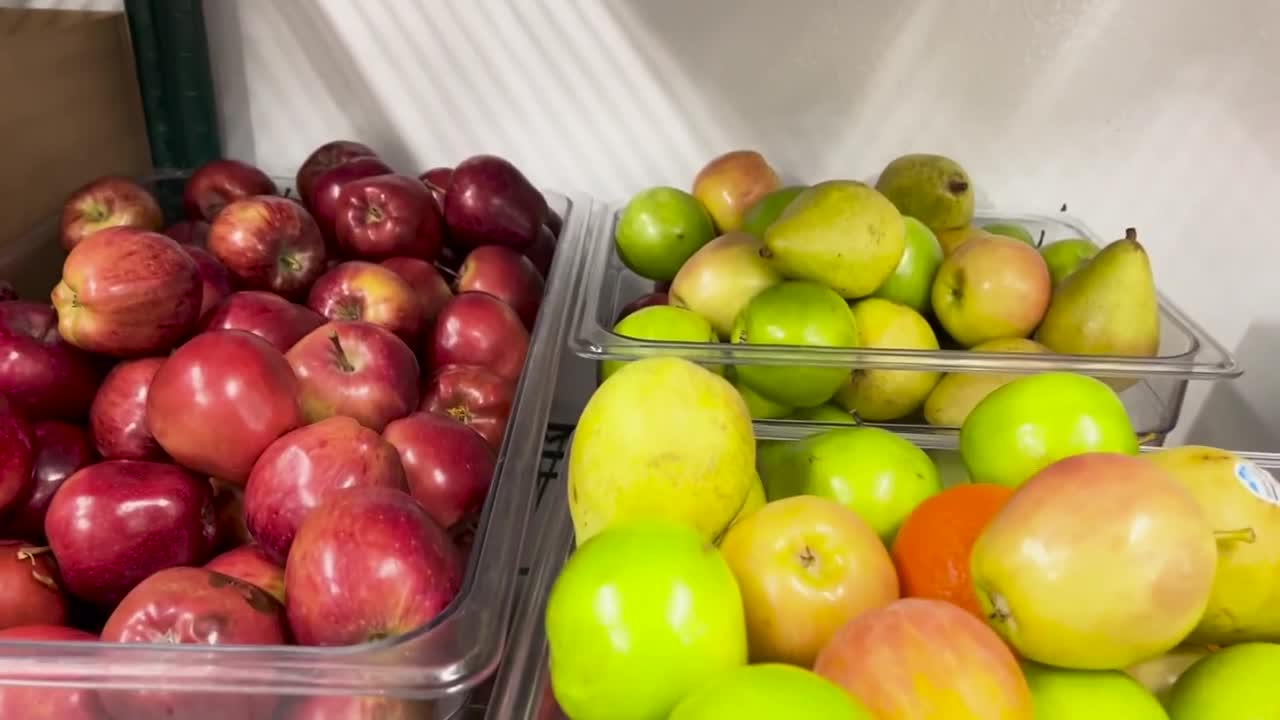It's back-to-school season, and there are a few changes coming to the free meals provided at local schools.
"This year, we did have more restrictive requirements from our state and federal guidelines, so we're cutting back more on our added sugar, our sodium, and ensuring we're providing proper calories and nutrition," said Danica Hunt, Lucia Mar Unified School District Director of Food Services.
"At breakfast, we have to serve fresh fruit. We serve an entree which consists of whole grains, fresh local milk, and at lunch we have fresh fruits, whole grains again, proteins, and local California milk," said Laura Goins, Santa Maria-Bonita School District Food Services Coordinator.
New research from the CDC found that, on average, kids between the ages of one to 18 get 61.9% of their calorie intake from ultra-processed food.
That's one of the reasons school lunches follow strict nutritional guidelines.
In the Santa Maria-Bonita School District, they are cooking up new ideas.
"We are moving forward in our scratch cooking initiative," Goins said. "This year, we're going to be rolling out some brand new recipes, such as chicken mole is coming out in September. We're doing taste testing with students in the cafeteria space, and we want to make sure that we're using culturally sensitive and appropriate meals for our students as well."
Getting kids involved with what they eat is a method local experts recommend.
"Each meal is really a learning opportunity for a child to learn the culture of their family and the basics of healthy eating," said Alison Ventura, the Director for the Cal Poly Center of Health Research.
While schools have nutritional guidelines to follow for meals, there are also some things you can keep in mind if you are preparing your child’s school lunch.
"If parents are sending their kids to school with a lunch, you know, that's a process that a kid, no matter what age, whether preschool all the way to high school, can be involved in," Ventura said. "And so you can help your kid choose between a fruit and a veggie and a protein and whole grain and dairy options, and making sure that their lunches are containing each one of those."
She adds that being well-fed is vital to helping kids succeed in an educational setting.




